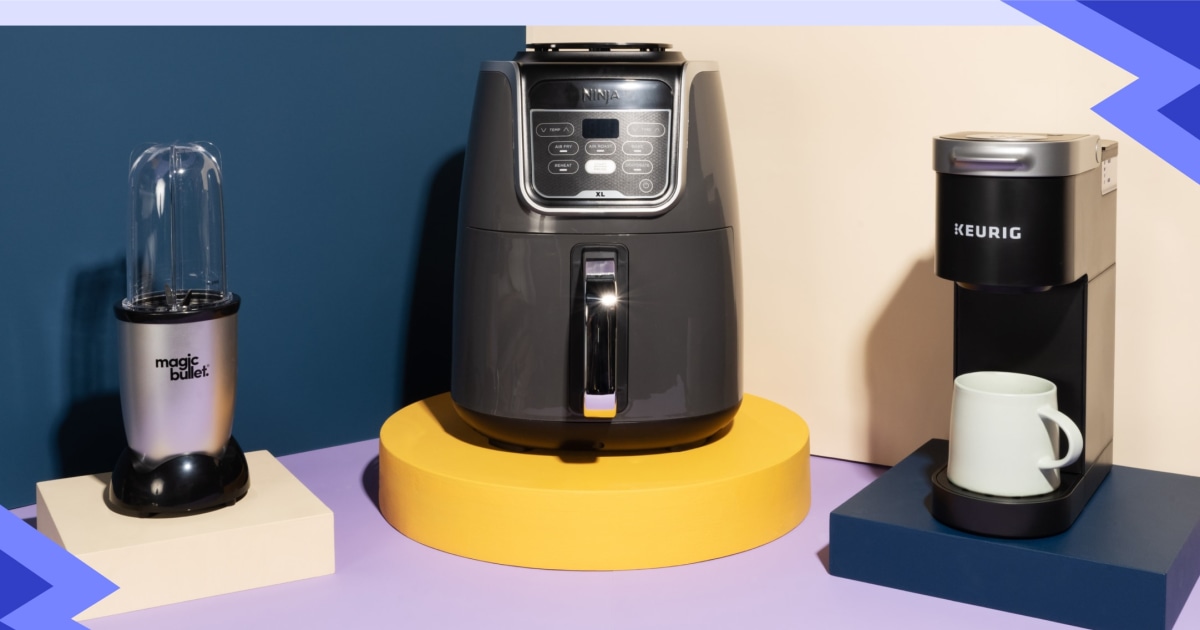
Olive Garden attracts people from across the income spectrum. | Photo: Shutterstock
Where are Americans from different income brackets most likely to interact?
According to new research, it’s not the DMV, the grocery store or church, but full-service restaurant chains like Olive Garden.
The study published last month is based on earlier research that found that people who make friendships across class lines tend to be more upwardly mobile later on. Researchers Maxim Massenkoff and Nathan Wilmers wanted to take that one step further and find out where those friendships are most likely to happen.
To do that, they divided consumers into five income brackets and used cellphone tracking data from SafeGraph to measure the chances that a person from one group would cross paths with a person from another.
It found that full-service restaurant chains like Olive Garden, Applebee’s and IHOP had the biggest impact, drawing large numbers of people from every bracket. Places that cater to certain income levels, like golf courses on the high end and dollar stores on the low end, were less diverse.
“For a lot of people in our data, when they go to Olive Garden, that’s gonna be the most diverse slice of people that they see,” said Massenkoff, an assistant professor at the Naval Postgraduate School.
The surprising finding underscored how some of casual dining brands’ core tenets, like value, selection and scale, are helping them reach a broad swath of consumers—and could provide a buffer in an economic downturn.
Going into the research, Massenkoff expected churches to be the country’s premier melting pots. But it turned out places of worship were fairly homogenous: People tend to go to church near where they live, he said, which reinforces existing class divisions.
A full-service restaurant meal, on the other hand, is apparently worth a trip.
“People travel three times or so as far to go to a sit-down restaurant,” Massenkoff said. “So that means that an Olive Garden is going to pull in people from all different directions.”
Limited-service restaurant chains also draw a mix of people, making them the second-most diverse places in the study. Taco Bell, Arby’s and Culver’s had a particularly strong effect on mixing.
But FSRs took the cake. Not only do they attract people from farther away, but places like Olive Garden and Applebee’s also offer a variety of food at reasonable prices, which naturally appeals to a wide audience.
In other words, “you can go there with mom and grandma,” said Massenkoff, who used to do just that at Applebee’s every Mother’s Day.
These brands also benefit from their sheer size. If the 905-unit Olive Garden didn’t exist, for instance, its absence would have a far bigger impact on a person’s exposure to other income groups than if, say, the local Italian joint shut down.
“Scale really matters here,” Massenkoff said. “Having more locations is going to help your numbers on this.”
That’s one reason chains scored better than independents on the researchers’ scale. Massenkoff also speculated that chains’ relatively low prices, consistency and distinct appeal to the middle help them attract a wider audience than the average mom-and-pop.
The results should come as welcome news for full-service chains, which have struggled in recent months. There’s evidence that inflation-weary consumers are spending less when they dine out or even trading down to lower-priced brands, which has hurt traffic and sales at sit-down chains.
But, per the research, these brands have a big, diverse customer base. That could provide some much-needed stability in a turbulent economy.
“I think different income groups can sometimes follow different macroeconomic trends,” Massenkoff said. For instance, rising gas prices tend to hit middle- and lower-income people hardest, while higher earners might be less impacted. “It definitely seems really good to not go all-in on one group.”
It’s a strategy that many casual dining chains have actively pursued. Applebee’s has positioned itself as a no-frills hangout with something for everybody, an attitude embodied by the tagline “Eatin’ good in the neighborhood.” Olive Garden, meanwhile, has leaned into abundance, offering guests bottomless salad and breadsticks and a reoccurring Never-Ending Pasta Bowl promotion.
“Our message is about more and more and more; come into Olive Garden for more—more food, more value, more refills,” CEO Rick Cardenas said on the chain’s quarterly earnings call in September. “That’s what we’re talking about and as I said, we’ll stick to our strategy.”
Members help make our journalism possible. Become a Restaurant Business member today and unlock exclusive benefits, including unlimited access to all of our content. Sign up here.


